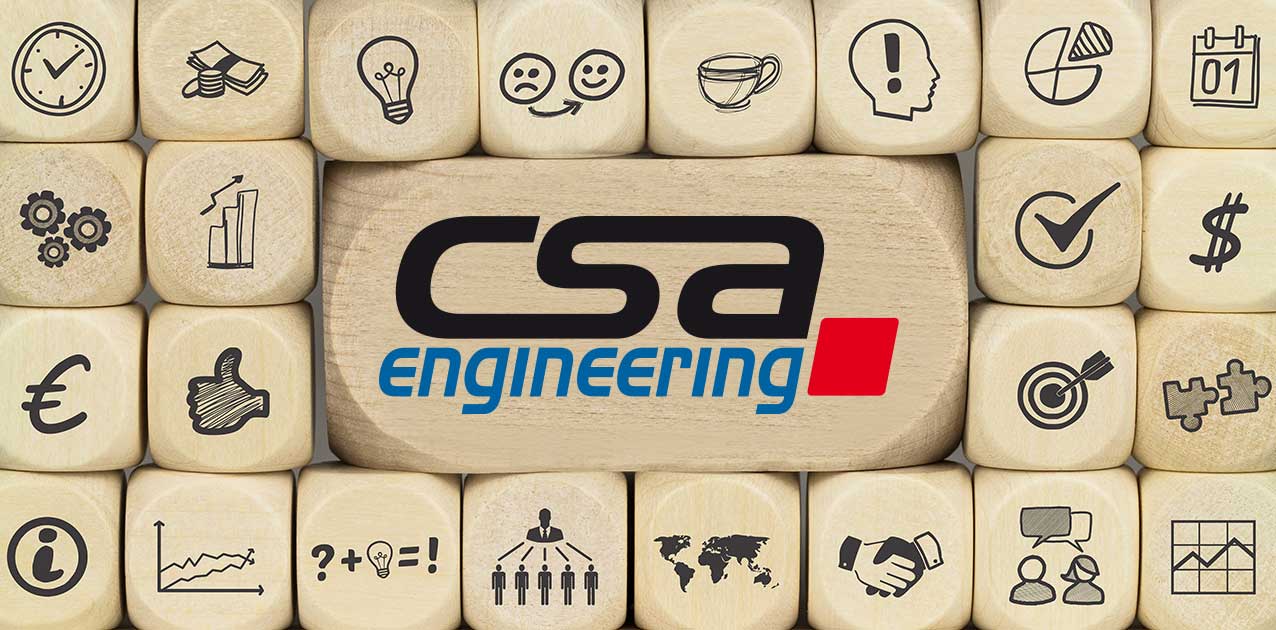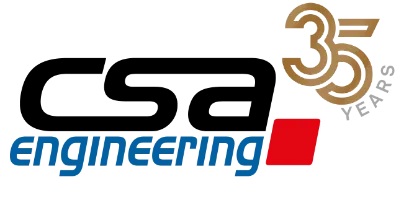
Certified with pride: how CSA takes staff qualifications to the next level
Our staff are our superpower.
We listen to them, take their needs seriously and are there to give them a helping hand.
Our pledge?
To support them in developing their skills and help bring them up to speed through continuous further training. For us, there's always room for learning and growth!
For the successful development of products, especially software components, a variety of specialist competences are necessary. In addition to the basic areas of requirements engineering, software architecture and software testing, which we can confirm with corresponding certifications, functional safety is specifically of crucial importance. It is essential to guarantee the safe and reliable functioning of our solutions.
What is functional safety?
Functional safety plays an important role in software development. It refers to ensuring that a system functions correctly while keeping risks within acceptable limits. It is about identifying and minimising potential hazards, while ensuring that a system reacts as safely as possible when errors occur.
One of the key standards defining functional safety is EN 61508, an international standard that provides a generic standard for all industries and serves as the basis for a number of specific functional safety standards.
Railway technology, for example, adheres to the EN 5012x standards. This series of standards is derived from EN 61508 and covers functional safety for railway systems. The aim here is to minimise the risk of train accidents and ensure that the railway infrastructure is as safe as possible.
At CSA, we hold a wide range of certifications in functional safety:
- Rail Safety Engineer (EN 50126, EN 50128, EN 50129, EN 50159/InterEngineer in cooperation with FH Aachen)
- Functional Safety Engineer (EN 5012x and EN 50159/TÜV Süd Rail)
- Functional Safety Professional (IEC 61508/TÜV Süd)
Our team members have put these skills to use in client projects. Some examples are:
- Developing a software library in accordance with EN 50128 SIL 4, from the specification, implementation, test, verification, validation stages to receiving feedback for the control of objects in railway systems.
- Compiling various requirement specifications for rail crossings and signalisations (EN 50126 SIL2 and SIL4)
- Compiling system test specifications and automated tests for warning system in railway technology (EN 50128 SIL2)
